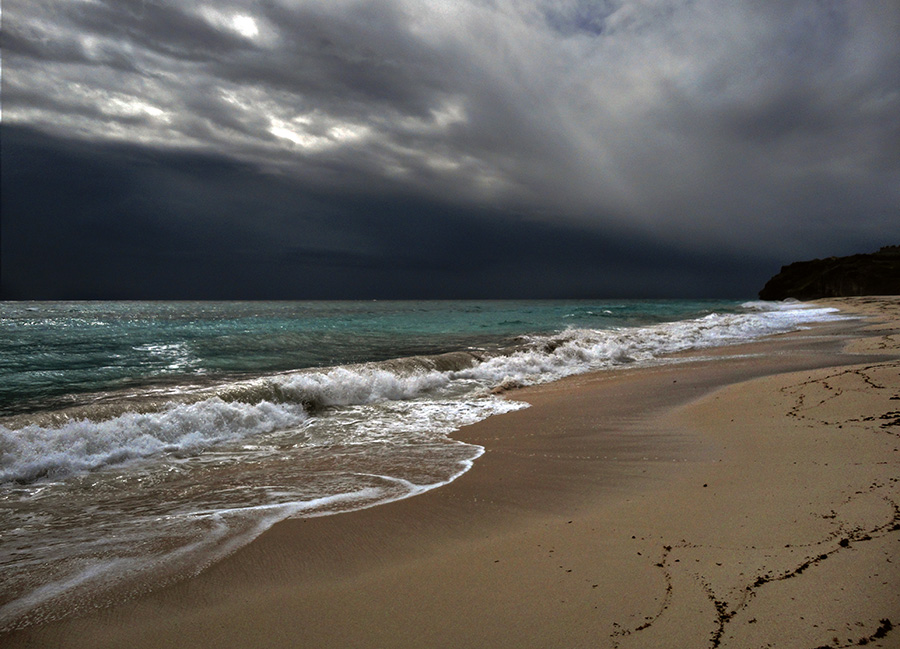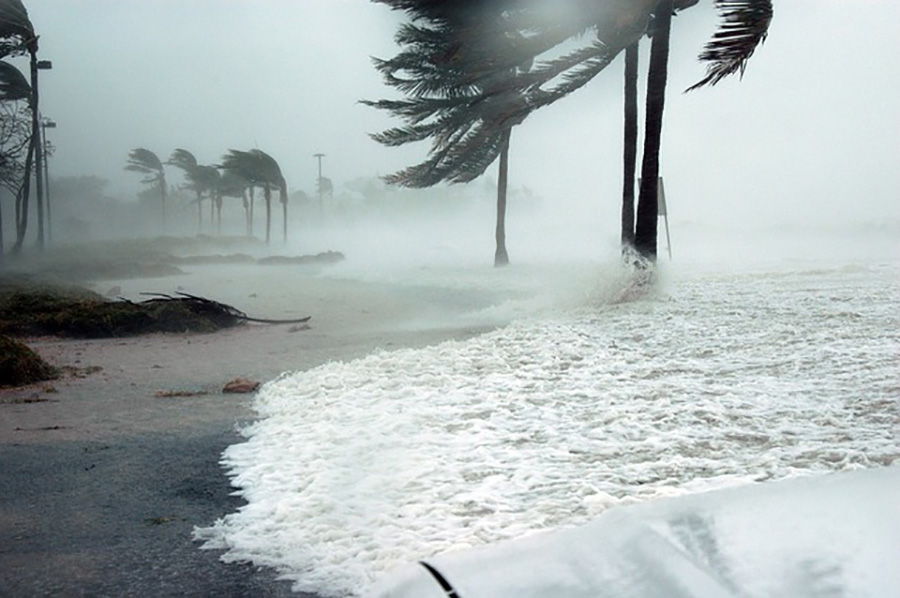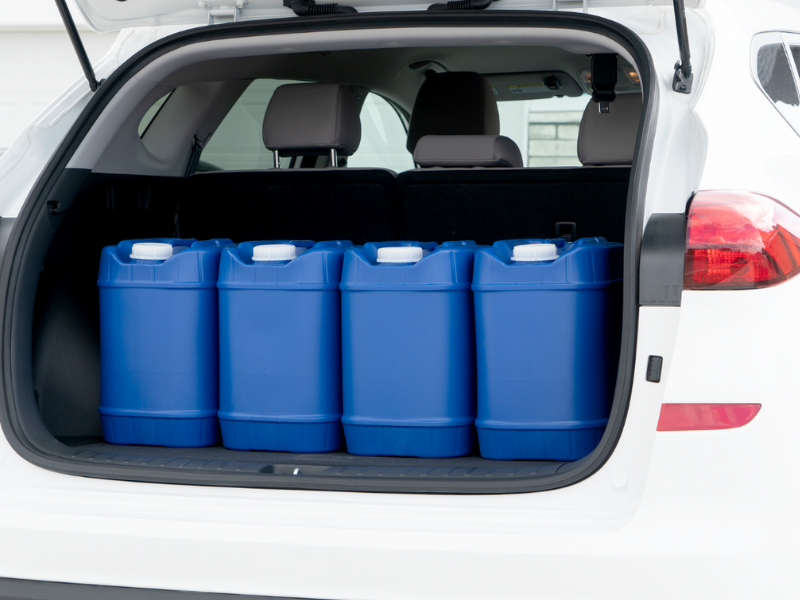Prepare for hurricane season with these safety guidelines to protect your family, home, and supplies during powerful storms.
The Hurricane Season
Hurricanes are common along U.S. coastlines, and each season brings varying levels of activity. The Atlantic hurricane season runs from June 1st to November 30th, while the Pacific hurricane season starts earlier, on May 15th, and also ends on November 30th. Peak activity occurs between mid-August and late October.
Before the Storm
Preparation is key to hurricane safety. Use the off-season (December through May) to ensure you’re ready for any storm:
1. Assemble a Hurricane Emergency Kit
Include food, water, first aid supplies, hygiene products, warm clothing, blankets, flashlights, and extra batteries. Your kit should sustain you for at least three days.
2. Create a Family Plan
Discuss evacuation routes and safe meeting points with your family. Keep a map of your area in your emergency kit.
3. Invest in a Generator
A generator can provide power for essentials like lights and your refrigerator. Stock up on fuel in case of prolonged outages.
4. Secure Your Property
Install storm shutters or have plywood ready for windows. Consider a garage door brace and straps to secure your roof to your home's frame.

During the Storm
When a hurricane hits, you’ll either evacuate or shelter in place. Here’s how to stay safe:
1. Stay Informed
Use an emergency radio to receive updates. Opt for one with alternative power sources like batteries, solar, or hand-crank.
2. Secure Your Property
Ensure storm shutters are in place and bring outdoor items like patio furniture indoors to prevent damage.
3. Turn Off Utilities
Shut off gas, water, and electricity to reduce risks of leaks or surges during the storm.
4. Designate a Safe Room
Choose an interior room without windows or exterior doors. Gather supplies and important documents in this space for easy access.

After the Storm
Post-storm conditions can be hazardous. Follow these tips to stay safe:
1. Wait for Clearance
Only return to affected areas once authorities declare them safe. Stay informed through emergency broadcasts.
2. Be Cautious
Watch for hazards like downed power lines, gas leaks, and contaminated water. Avoid driving unless necessary, and steer clear of flooded roads.
3. Clean Up Safely
Wear protective gear while assessing damage and making repairs. Be cautious of weakened structures and foundation damage.














